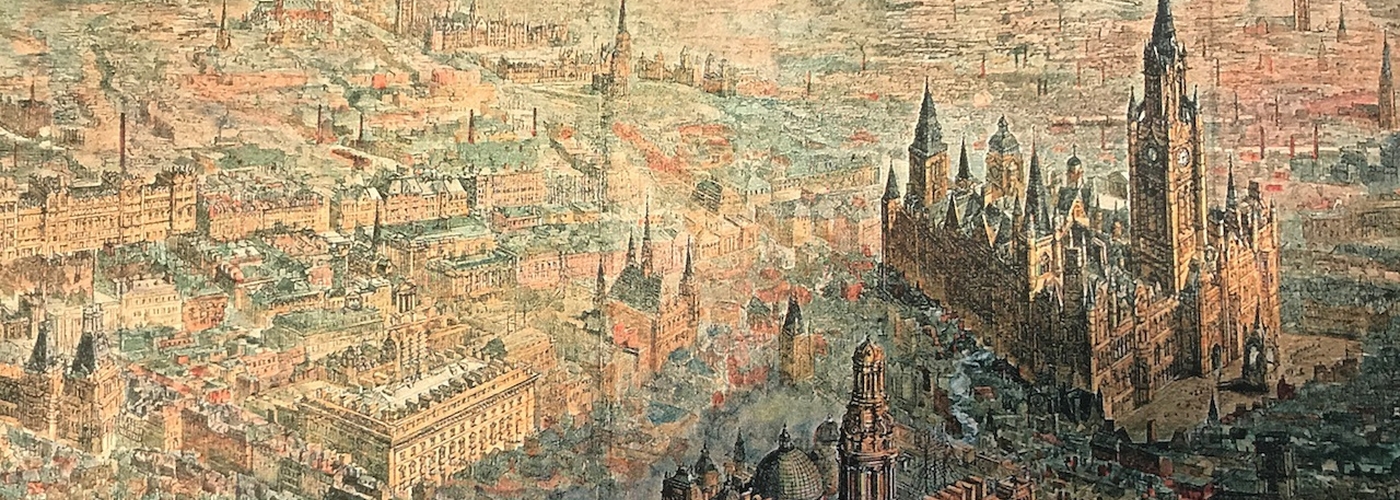Part five - Jonathan Schofield's introduction to the nineteenth century ‘shock’ city
Don't forget to read part one (79AD-1066), part two (1066-1600), part three (1600-1660) and part four (1660-1746).
Where the actual touch-paper of industrialisation was lit has been the subject of much debate, but its first urban product was Manchester. The growth of the city, in terms of those times, was astonishing. By 1801 the population had climbed to 90,000 and by 1861 it was 355,000. As usual this was a misleading figure. If the wider urban area is taken into account the city was half a million in population, packed into an area not much larger than today’s city centre. By 1901, there were more than two million people in the area of present day Greater Manchester.
the Manchester family of the Pankhursts would turn the movement radical, the Suffragettes were born
The whole place was a bustling melting pot of activity and business: for instance in 1849, along just 300 metres of Oxford Road there were 70 types of occupation including the nation’s biggest locomotive works to watchmakers, surgeons and tea dealers. In 1844, Benjamin Disraeli had called Manchester ‘the most wonderful city of modern times’. The wonder lay in the way the city had changed economically and socially and had become the model for the new capitalism and its positive and negative effects. Manchester had crashed into international consciousness and, it was in historian Asa Briggs’ words, ‘the shock city of the age’.
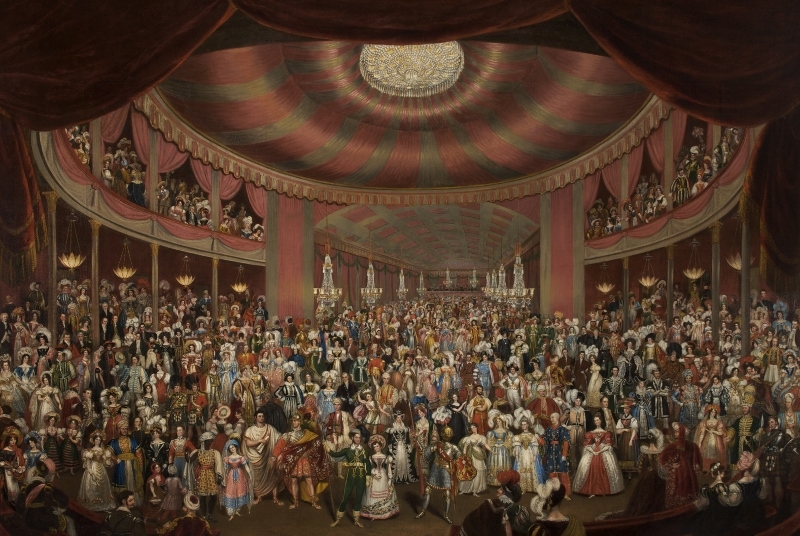
The growth in the wealth, fame and prestige corresponded to a similar growth in pride and confidence. As the century progressed art galleries and museums were founded, new libraries opened, parks were laid, and theatres were established. The Collegiate Church was raised to Cathedral status in 1847. Soon after, in 1851, Manchester gained a new university: only the fifth in Britain. In 1853 Manchester obtained the overdue Royal Charter which gave it formal city status.
Cotton might have made Manchester famous but it certainly wasn’t the only employer. Other fields of manufacture grew at the same time: iron founding, boiler making, heavy and precision engineering became key players in the local economy. Similarly, Manchester came second only to London in the number and variety of its banks and insurance houses. The city also became the northern capital for retailing and entertainment.
Often this energy was harnessed to political ends. Throughout the century the city was at the forefront of radical political thought. The Peterloo Massacre had profound influence on the fight for democracy in 1819. In the years after Peterloo, the Anti-Corn Law League was formed, centred in Manchester, which became the Free Trade movement. The city became the capital of Chartism, another route to spreading the vote.
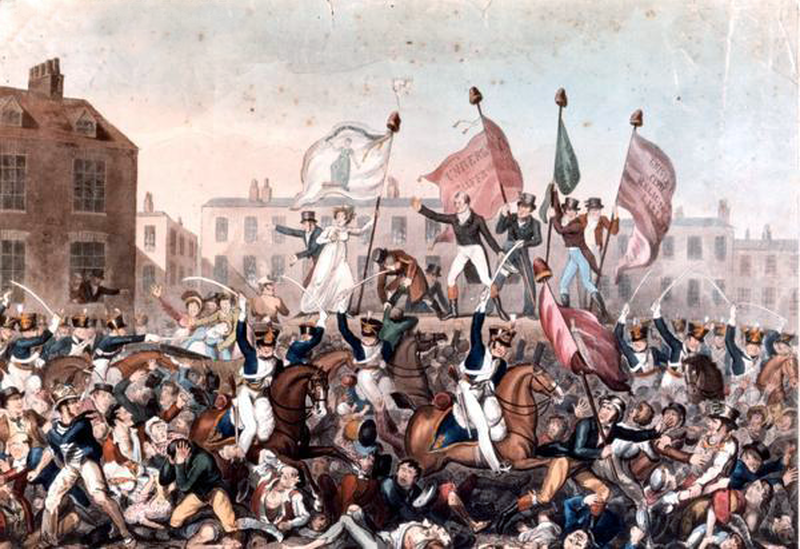
Manchester inherited from such events a reputation for liberalism and radicalism that exists to the present day. The Manchester Guardian, now simply The Guardian, embodied these principles when it first went to print in 1821. Mass Western vegetarianism began in Salford in 1809, the Co-operative Movement began in Rochdale in 1844 and the Trades Union Congress first met in the city in 1868. A year earlier, the Reform Bill of 1867 enfranchised much of the male population but excluded females.
Visitors were amazed by the contradictions between the wealth where the rich lived, and the poor areas
In response, Mancunian Lydia Becker formed the National Society for Woman’s Suffrage to fight, through constitutional means, for the vote. Later the Manchester family of the Pankhursts would turn the movement radical, the Suffragettes were born. In 1832, the Reform Act had, at last, given Manchester two MPs but it wasn’t until 1838 that the town gained an up-to-date administration. This blossomed to such an extent that by the end of the century Manchester was an expansionist city state running education, parks, water, gas, the police and much else. It even provided a large part of the money to build the Ship Canal.
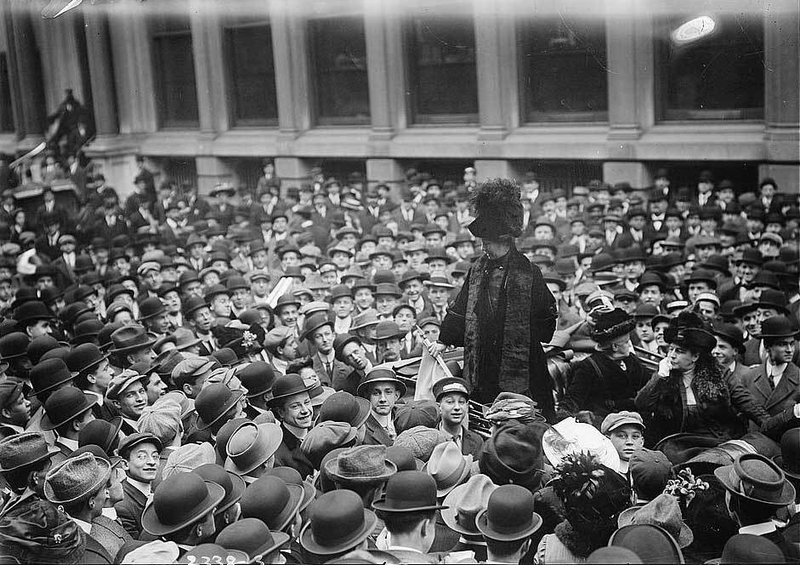
In science and engineering too, Manchester was prominent in many areas. Figures such as John Dalton, J.P Joule, William Fairbairn, Eaton Hodgkinson, Joseph Whitworth and James Nasmyth were globally famous.
There was a price for all the dynamism. Visitors were amazed by the contradictions between the wealth where the rich lived, and the poor areas where the factories and the dwellings of the workers lay side by side. The French political philosopher, de Tocqueville remarked, ‘everything in the exterior appearance attests the individual powers of Man: nothing the directing powers of society.’ The most famous commentator was the German communist Friedrich Engels with his 1844 book describing Manchester, The Condition of the Working Class in England.
Generally though, the forces at work in this industrial maelstrom were not understood. The drive for increased production and profit ensured that the city grew randomly with little regulation. As a consequence, the poor were largely at the mercy of their masters and economic vagaries. People frequently led dreadful lives, overworked from an early age, living in insanitary and cramped conditions. The lack of regulation meant that pollution destroyed the quality of the air, the water and the earth. The unpredictable nature of the cotton industry, with its frequent periods of booms and bust, exacerbated the problem.
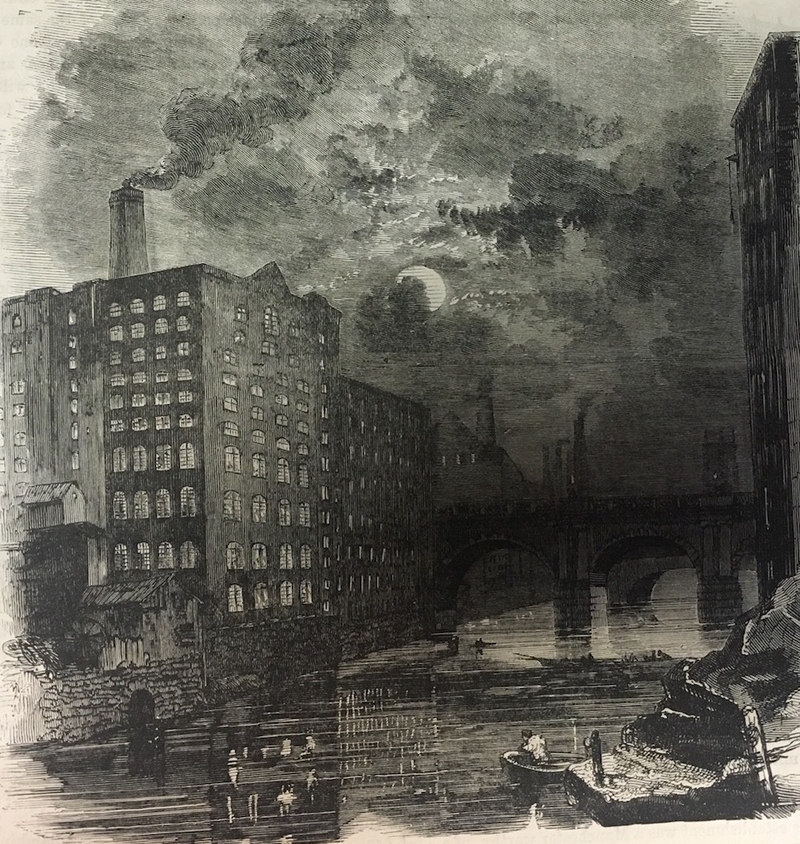
Conditions were slow to improve. Real national regulation of industry and industrial practice came in 1833 with the first partially effective Factory Act and there were some local initiatives with the private and then public development of hospitals and charitable institutions. Generally however, Manchester’s unregulated expansion provided a grim model for future urban development. Sadly, as is the way with humanity, many of the lessons this perfect industrial city taught the world were not learned as other countries expanded their own industries.




